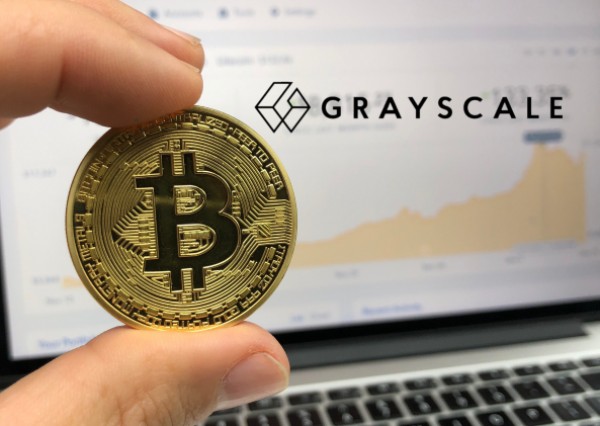
- Bitcoin appears to be at an average from its high and low at the end of the year, which indicates how divided investors continue to be with respect to the benchmark cryptocurrency
- Fed policy meeting next week may provide the justification for a bitcoin rally, mirroring 2017 when bitcoin hit a mid-December all-time-high of close to US$20,000 at the time
Coming into the year at “just” US$28,000, few would have expected bitcoin to have taken the course that it did.
November has traditionally been a good month for cryptocurrencies, and it did not fail to disappoint, with the benchmark bitcoin hitting an all-time-high of near US$69,000.
Although some bitcoin historians will note that the last time the cryptocurrency hit its “true” all-time-high was in mid-December 2017, where it touched near to US$20,000.
Nonetheless, bitcoin has had a volatile year and as 2021 is nearing to a close, it’s coming into its year-end near its 2021 average, a mean of around US$47,250, bitcoin currently trades around US$48,000 into the weekend.
Bitcoin posted its fourth consecutive weekly decline from its all-time-high but technical chart watchers will be quick to note that the cryptocurrency traversed the same course in 2017, hitting its then all-time-high closer to mid-December.
As mid-December approaches, could bitcoin suddenly rally again?
Interestingly, while U.S. equities rose sharply on Friday, as U.S. CPI data was within economist expectations, the U.S. Federal Reserve is due to meet next week, where initial expectations had been that the Fed would accelerate the tapering of asset purchases to reign in inflation.
Those bets have since been reversed, with investors now taking the view that the Fed will have more reason to stay the current course, which will see its monthly asset purchases of Treasuries and asset-backed securities, end by next June.
Given the uncertainty surrounding omicron (although it does appear to manifest mild symptoms in the vaccinated) and inflation not appearing to be quite as out of control as some would suggest, there is plenty of leeway for the Fed to adopt a wait-and-see approach before ratcheting up its tapering process.
And that could provide the catalyst for a spike in bitcoin and cryptocurrency prices to round off the year.
Although equities rose in response to CPI data which suggested that prices increased 6.8% last month from a year ago, bitcoin hardly budged, with those watching bitcoin charts scratching their heads as in past sessions gains bitcoin would gain on inflation data.
But correlations are not static in the cryptocurrency space, and as much as many investors would like to believe that bitcoin is an effective hedge against inflation, the data is still too immature to come to that conclusion unequivocally.
Instead, and what is more likely, bitcoin and cryptocurrencies continue to act as risk assets and if nothing else, are more likely to be helped along by a dovish Fed than runaway inflation.
This is why CPI data which treads a middle course may be a blessing in disguise for bitcoin bulls because if the Fed doesn’t accelerate its tapering measures (there appears to be less reason to do so as a predictable stable course is preferred), bitcoin and cryptocurrencies may see a delayed rally soon after the Fed’s policy meeting.



